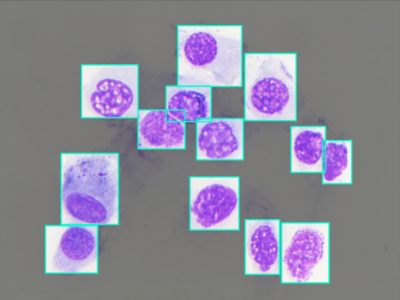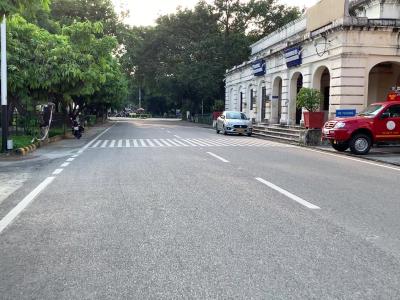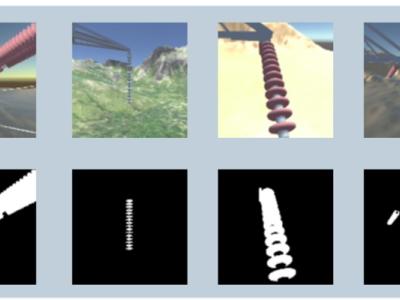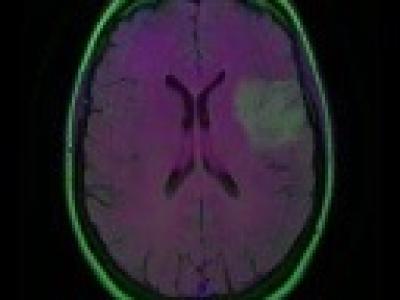
The JKU-ITS AVDM contains data from 17 participants performing different tasks with various levels of distraction.
The data collection was carried out in accordance with the relevant guidelines and regulations and informed consent was obtained from all participants.
The dataset was collected using the JKU-ITS research vehicle with automated capabilities under different illumination and weather conditions along a secure test route within the
- Categories:




